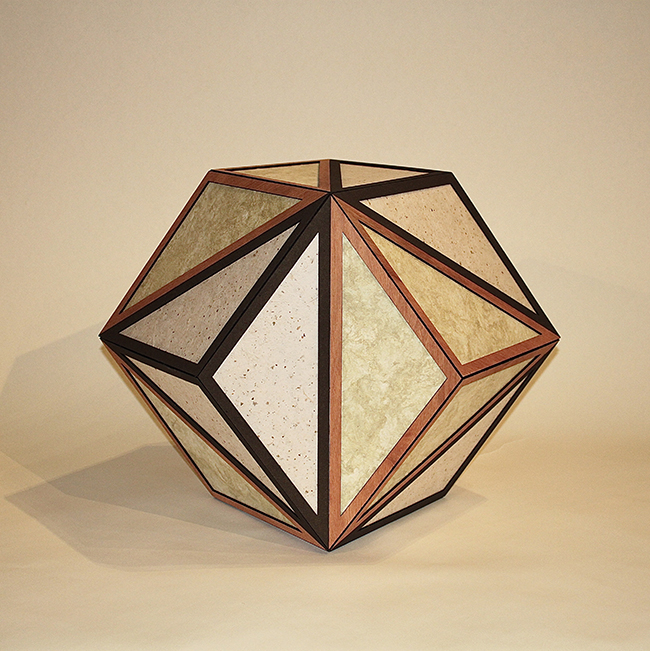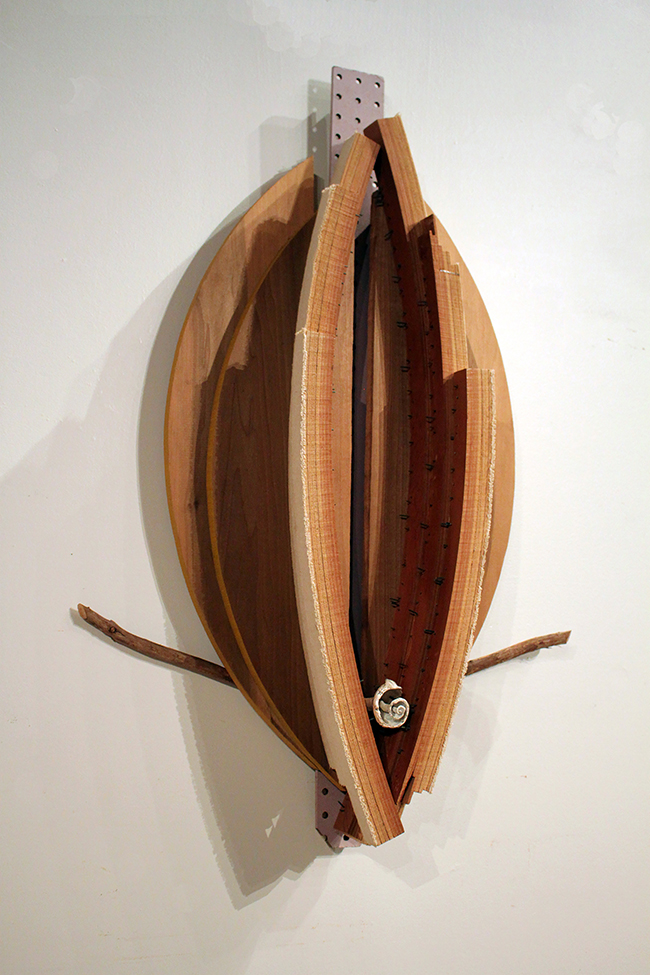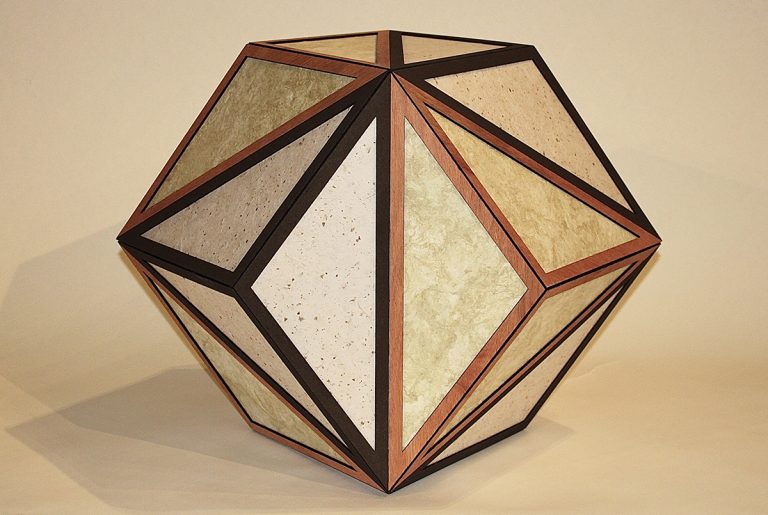Vandorn Hinnant was born in 1953 in Greensboro, North Carolina, and grew up surrounded by the sounds, spaces, and quiet shifts of the South. Those early impressions stayed with him and, over time, shaped the way he sees structure, balance, and the invisible patterns that guide the world. He studied Art Design at North Carolina A&T State University, earning a BA, and continued his studies in sculpture at the University of North Carolina at Greensboro. That training gave him a solid technical base, but his curiosity pushed him beyond any traditional path. For decades, Hinnant has worked across sculpture, drawing, installation, and geometry-driven explorations. His work blends art, science, and spirituality into a single conversation, treating geometry not as stiff math but as a living language with memory, rhythm, and quiet meaning.
Hinnant’s practice rests on the belief that form has presence. Shapes hold stories. Proportions carry echoes from nature, architecture, and ancient philosophies. His long engagement with the Platonic solids, the golden ratio, and sacred geometry gives his work a timeless feel. Nothing in his pieces feels trendy or anchored to a particular moment. Instead, the work sits in a larger timeline, as if it belongs to an older conversation that continues into the present.

One example of this is his sculpture “Platonic Symmetries of Truth, Beauty, and Goodness” (2014), made of exotic papers and polychromed wood. The sculpture centers on the rhombic dodecahedron, a form Hinnant considers the “heart and soul” of the geometric language he explores. The golden ratio shapes its internal logic. Rather than treating the ratio as a mathematical curiosity, he treats it as something alive—a pattern found in plants, biological structures, and ancient temples. In the sculpture, the proportion gives the form its pulse. The surfaces meet in ways that feel natural, as if the piece grew rather than was built.
Hinnant sometimes recalls a comment from a mystic who once told him that his calling in this lifetime was to bring ancient Egyptian geometries into modern consciousness. He does not take this literally, yet he acknowledges that many of the forms that emerge through his work feel familiar, almost remembered, as if they belong to a tradition that once existed and either disappeared or was hidden. That idea may be symbolic, but it captures the atmosphere of the sculpture. The piece doesn’t feel invented. It feels rediscovered.
Despite a strong geometric backbone, the sculpture has warmth. The materials add texture without competing with the form. The piece feels steady, patient, and quietly charged, holding the qualities named in its title—truth, beauty, and goodness—not as abstract ideas but as lived proportions.

Hinnant’s work also moves into areas of memory, gratitude, and cultural acknowledgment. One example is his sculpture “MERIDIAN: Hanging From The Learning Tree (A Song for Ms Cicely Tyson)” (2023), made of polychromed wood, metal, canvas, and a seashell. This work is an ancestral tribute to Cicely Tyson, honoring both her role in film and her presence as a steady voice during the Civil Rights Movement. Tyson represented characters that broke stereotypes. Hinnant answers this with a composition that rises along a vertical axis, giving the work a sense of dignity, uplift, and quiet strength.
At the center of the piece is a multi-layered vesica piscis—a form traditionally associated with the feminine, birth, and sacred intersection. Hinnant alters the usual visual treatment of this geometry, expanding it into a layered structure that mirrors Tyson’s ability to deepen familiar roles. Resting across the vesica is a cedar branch, set perpendicular to the central axis. On that branch sits a weathered conch shell. Together, they reinforce the feminine presence in nature: growth, resiliency, and resonance. The materials add softness and groundedness to the geometry.
The entire composition reads upward, almost like a slow unfolding. It hints at a person whose work lifted others without demanding attention. The sculpture does not lean into dramatics; instead, it reflects Tyson’s dignity—firm, elegant, and steady.
Across all his work, Hinnant maintains a balance between structure and intuition. He begins with geometry—an angle, a ratio, a solid—but intuition guides the rest. His sculptures feel deliberate yet never rigid. They breathe. They leave room for the viewer to sit quietly with proportion and meaning.
Hinnant’s career is marked by curiosity. He keeps returning to the same families of shapes not because they are exhausted but because they keep revealing new layers. His work shows a long conversation between the visible world and the unseen forces that shape it. Whether he is exploring Platonic forms or honoring a cultural ancestor, he approaches each piece with a gentle steadiness. Through geometry, memory, and intention, he builds a body of work that feels both grounded and open—firmly rooted in structure, yet always reaching toward something beyond it.

